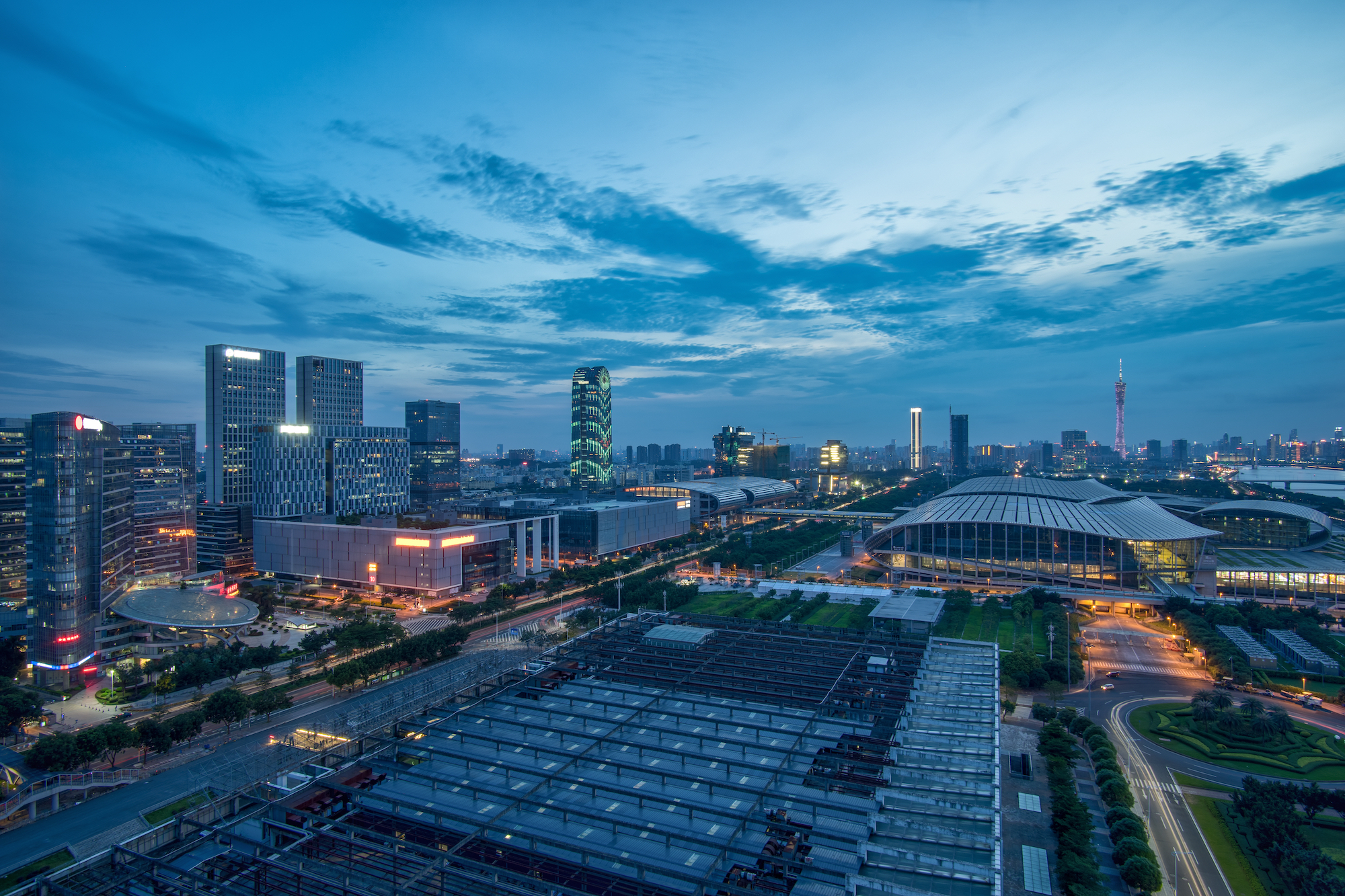NEW YORK Due to its relatively strong economy, the Asia-Pacific is expected to post the strongest growth among regions in both spending and the number of meetings, with growth percentages predicted at 4.2 per cent and 6.4 per cent respectively in 2013.
This is one of the key highlights of the 2013 Global Meetings Forecast released today by American Express Meetings and Events. The report also said growth of the meetings industry in North Ameirica is expected to be relatively flat as economic uncertainty remains in the region, while Europe will likely experience decline as it continues to face a currency crisis as well as political instability in some markets.
The findings are based on a comprehensive survey, extensive meetings and events data, and in-depth interviews of meetings professionals – including planners, buyers and hotel suppliers from around the world.
"Companies consider meetings and events to be a key strategy to driving revenue growth and change management, but acknowledge that they are proceeding with caution in a challenging global economy," said Issa Jouaneh, vice-president and general manager, American Express Meetings and Events."To maximise the return on their investment, companies are highly focused on gaining clarity around spend, ensuring transparency as to why their organisations are holding meetings and who is attending them, and measuring the degree to which their meetings objectives have been achieved."
Below are high-level snapshots of key predictions made by meeting professionals in each region:
| Predictions: | North America | Europe | Asia | Central/South America |
| Number of Meetings | 0.0% | (-2.3)% | 6.4% | (-1.1)% |
| Overall Meeting Spend | (-1.0)% |
(-6.0)% |
4.2% | (-3.5)% |
| Average Group Rates for Hotels | 4.2% | 0.0% | 4.0% | 4.7% |
| Average Group Rates for Airfare | 3.3% | 2.9% | 2.9% | 3.2% |
| Top 5 Destinations |
1. Orlando 2.Washington DC 3. Las Vegas 4. Miami 5. Chicago |
1. London 2. Paris 3. Amsterdam 4. Barcelona 5. Brussel |
1. Shanghai 2. Singapore 3. Sydney 4. Beijing 5. Bangkok |
1. Riviera Maya/Cancun/ 2. Rio de Janeiro 3. San Juan 4. Buenos Aires 5. Punta Cana |
Meanwhile, Jouaneh pointed out that meeting professionals in every region look into budget challenges and the need to ascertain their companies' own financial performances before they make investments in meetings as top influencers of their programs.
"As a result, one of the top emerging trends in the space is the shift to more local meetings. Furthermore, companies are also preparing for group hotel and air expenses to rise next year," he added.
American Express Meetings and Events identified four distinct trends that are common across all markets:
1. Budget challenges mean more local meetings – To maintain current levels of meetings activity in an environment where budgets are likely not growing in step with costs, many companies are transitioning from global to national or from national to regional locations for more meetings. Also, there is a trend of holding meetings in unique locations such as restaurants or aquariums for potential additional savings.
2. Security and stability impacting destination of choice – A continued emphasis on duty of care is translating to a focus on safety and security amid potential political instability when planning a meeting in 2013. Suppliers indicated that this can sometimes be an advantage. For instance, some major hotel brands located in regions with political instability said they are often chosen based on the perception among meeting planners that they offer a more consistent, higher level of security.
3. Meetings approvals becoming more challenging – A significant portion of meeting planners in all regions indicated that gaining approval for their meetings is becoming at least slightly more difficult. In addition, there is an emerging trend of meetings budgets not being approved until companies' latest financial data is available. This dynamic is putting even more pressure on already reduced lead times and can negatively impact hotel negotiations, potentially leading to higher costs.
4. Increasing Engagement Via Social Media – Meeting planners are responding to the expectations of today's meeting attendees by employing social media to increase the value of events throughtout their lifecycle. Leading up to events, planners are using social media to connect with atendees and to connect attendees to one another so they can maximise their time at an event. During events, social media is being used to drive even deeper connections and more immersive education sessions, presentation Q&A and other activities. After events, social media is also being used to extend event communities and foster connections made during events.
Fot more information, visit www.americanexpress.com/meetingsandevents
Gigi Onag


